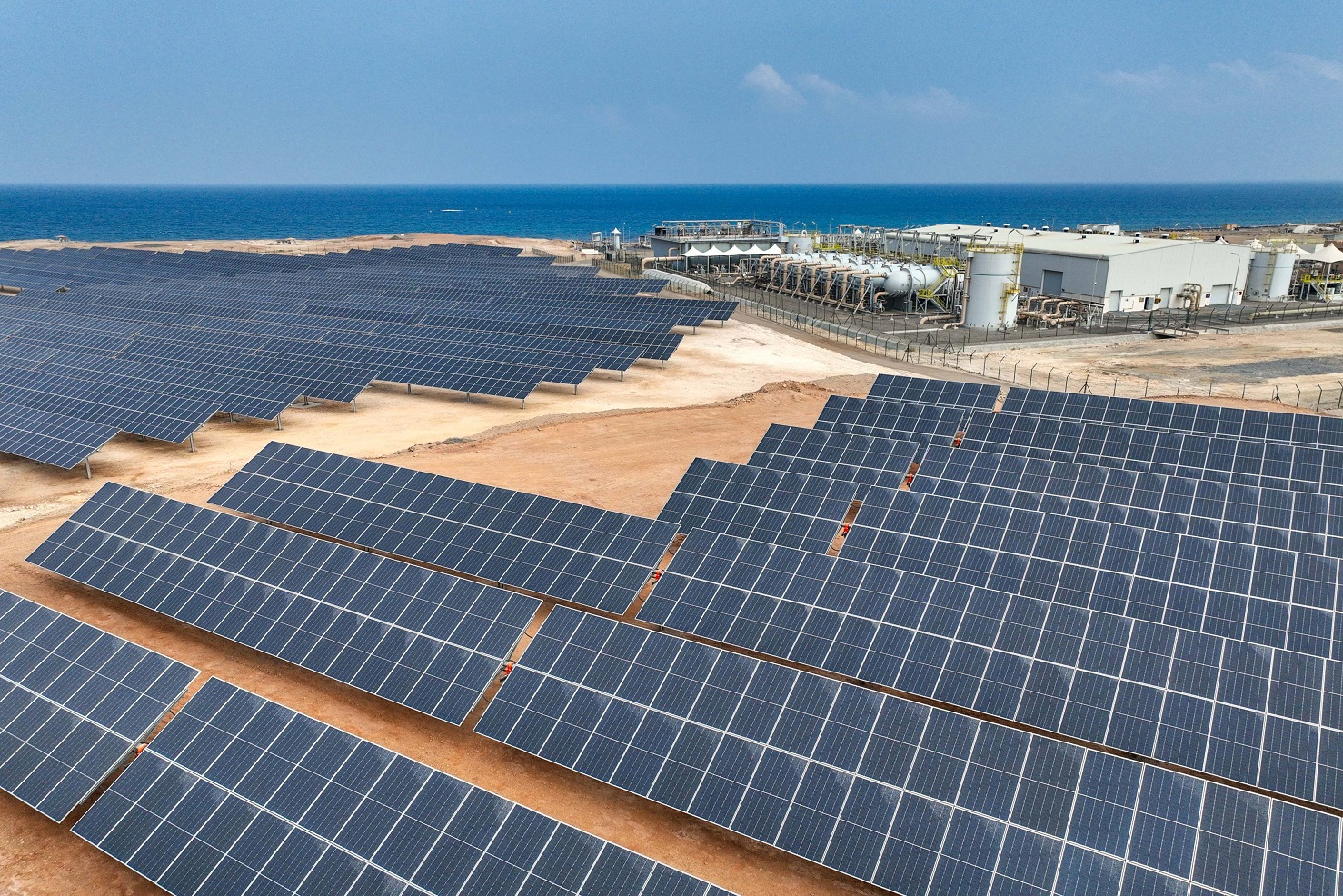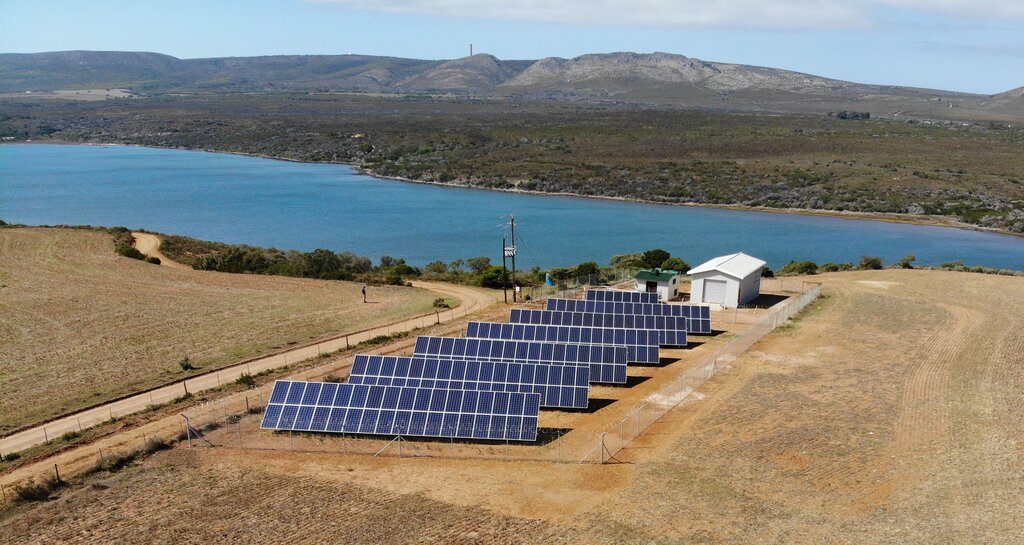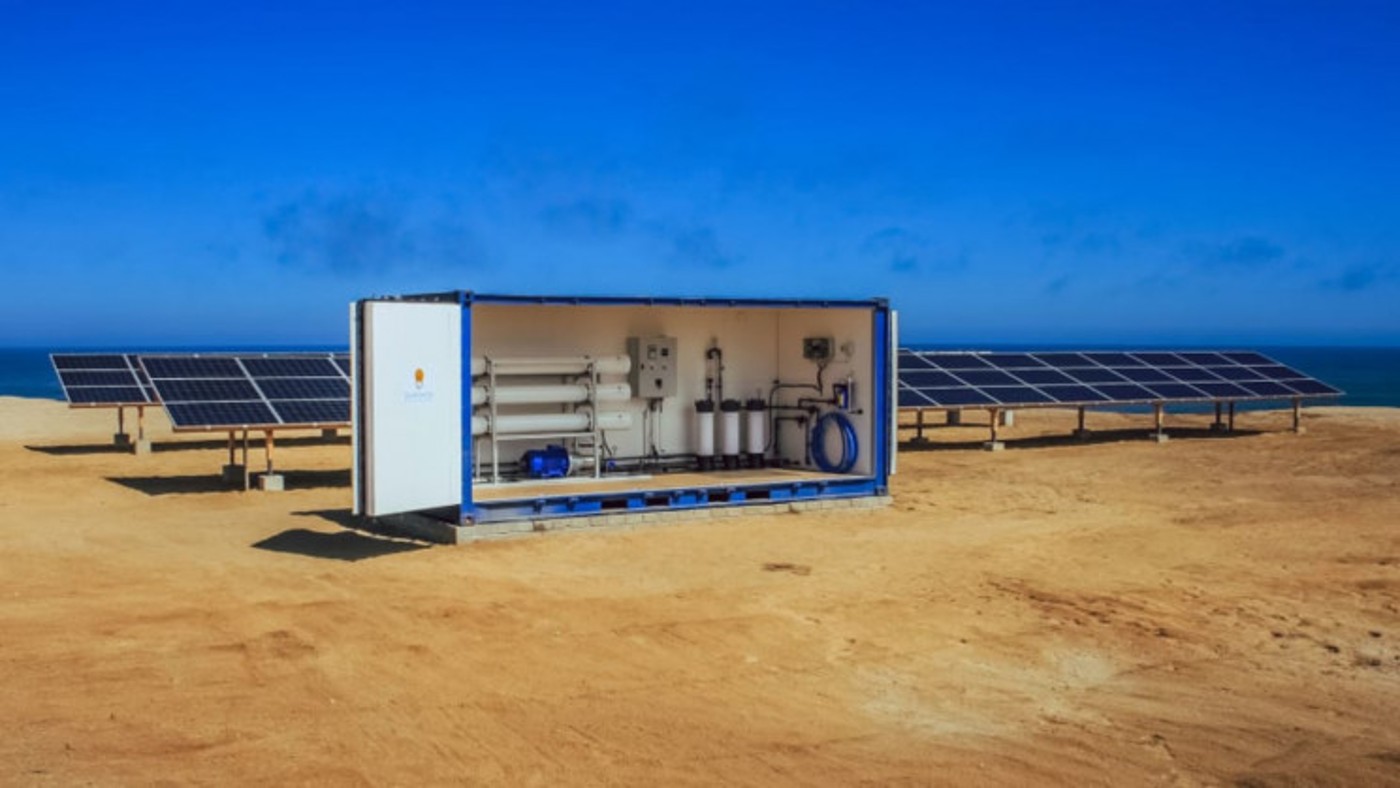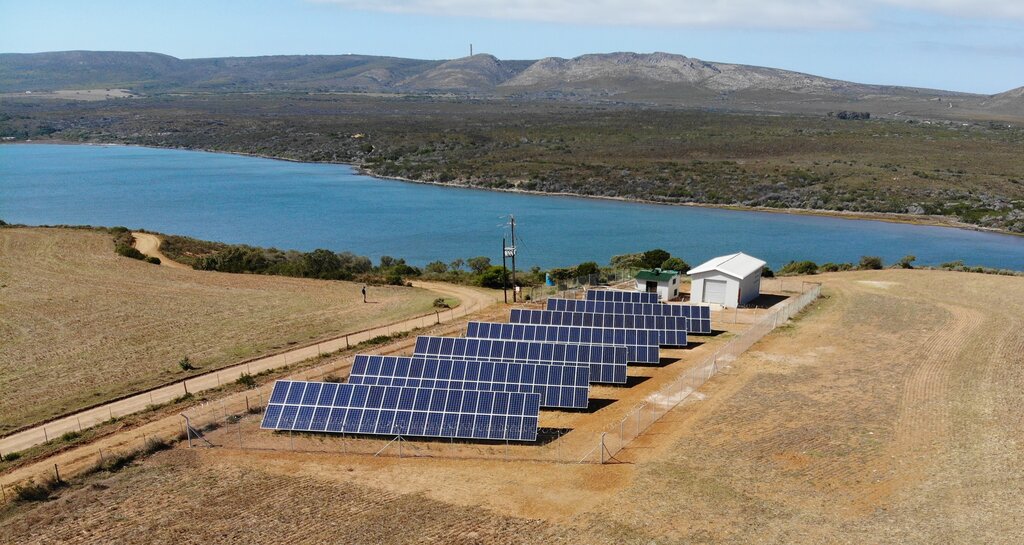
Introduction
Water scarcity is a pressing global issue that affects millions of people worldwide. In this article, we will explore the topic of solving water scarcity with solar-powered desalination. This innovative approach holds immense promise in addressing water scarcity by converting seawater into potable water using solar energy. By harnessing the power of the sun, solar-powered desalination offers a sustainable and environmentally friendly solution to the growing water crisis.
Historical Background
Desalination, the process of removing salt and other impurities from seawater, has been used for centuries to address water scarcity in coastal regions. However, traditional desalination methods are energy-intensive and often rely on fossil fuels. The development and adoption of solar-powered desalination technologies have revolutionized the field, offering a cleaner and more sustainable alternative. Over the years, advancements in solar-powered desalination have made this technology more efficient and cost-effective.
Key Concepts and Definitions
To fully understand solar-powered desalination, it is important to define and explain key terms and concepts. Desalination refers to the process of removing salt and other contaminants from seawater, making it suitable for drinking and irrigation purposes. Reverse osmosis is a commonly used desalination method that utilizes pressure to force water molecules through a semi-permeable membrane, leaving behind the salt and impurities. Solar stills, photovoltaic reverse osmosis systems, and solar-powered electrodialysis are examples of solar-powered desalination technologies that harness solar energy to power the desalination process.

Main Discussion Points
Solar-powered desalination technologies
Solar-powered desalination technologies encompass a range of methods, each with its own advantages and limitations. These technologies include solar stills, photovoltaic reverse osmosis systems, and solar-powered electrodialysis. Solar stills utilize the heat from the sun to evaporate seawater, leaving behind the salt and impurities. Photovoltaic reverse osmosis systems use solar energy to power pumps that push water through a membrane, separating the salt from the water. Solar-powered electrodialysis utilizes solar energy to drive an electrochemical process that removes salt and other contaminants. These technologies have shown great potential in converting seawater into potable water, but their efficiency and scalability vary depending on the specific method used. Successful solar-powered desalination projects have been implemented in various countries, such as Saudi Arabia, California, and Australia, providing valuable insights into the practical application of this technology.
Environmental and economic benefits
One of the key advantages of solar-powered desalination is its environmental friendliness. Compared to traditional desalination methods, which often rely on fossil fuels, solar-powered desalination significantly reduces greenhouse gas emissions and dependence on non-renewable energy sources. By harnessing solar energy, these systems offer a sustainable and clean solution to water scarcity. Moreover, solar-powered desalination can lead to economic benefits. The operational costs of solar-powered desalination are lower compared to traditional methods, as it eliminates the need for expensive fuel sources. Additionally, solar-powered desalination provides an opportunity for increased energy independence, reducing reliance on centralized water supply systems.
Integration with existing water infrastructure
Solar-powered desalination systems can be integrated with existing water infrastructure, presenting both challenges and benefits. Integration with irrigation systems or municipal water supplies can provide decentralized water production, reducing the strain on centralized systems. This approach can enhance resilience to water scarcity, as multiple sources of water become available. However, challenges such as system compatibility and infrastructure modifications need to be considered. Despite these challenges, the potential benefits of integrating solar-powered desalination systems with existing water infrastructure are significant.

Case Studies or Examples
Real-world examples and case studies have demonstrated the effectiveness of solar-powered desalination projects in various regions. Saudi Arabia, known for its arid climate, has implemented large-scale solar-powered desalination plants to meet its water needs. California, facing recurring droughts, has also invested in solar-powered desalination to supplement its water supply. Australia, with its vast coastline, has utilized solar-powered desalination to provide clean water to remote communities. These case studies highlight the outcomes, challenges faced, and lessons learned from implementing solar-powered desalination projects.
Current Trends or Developments
Ongoing research and development in solar-powered desalination have led to recent trends and advancements in the field. Researchers are continuously exploring ways to improve the efficiency, cost-effectiveness, and scalability of solar-powered desalination technologies. Breakthroughs in materials science, such as the development of more efficient membranes for reverse osmosis systems, have shown promise in enhancing the performance of solar-powered desalination. Additionally, scientists are investigating innovative approaches, such as combining solar energy with other renewable energy sources, to further optimize the desalination process.
Challenges or Controversies
While solar-powered desalination offers numerous benefits, it is not without its challenges and controversies. High upfront costs remain a significant barrier to widespread adoption. The intermittency of solar energy, particularly in regions with variable weather patterns, poses a challenge to maintaining consistent desalination operations. Furthermore, concerns have been raised regarding potential environmental impacts, such as the discharge of concentrated brine back into the ocean. It is important to address these challenges and controversies to ensure the long-term feasibility and sustainability of solar-powered desalination.

Future Outlook
The future of solar-powered desalination looks promising, with the potential for significant implications and advancements. The role of policy, funding, and technological advancements will be crucial in driving the adoption and scale-up of solar-powered desalination. Continued research and investment in this technology are necessary to overcome existing challenges and further improve its efficiency and cost-effectiveness. Synergies with other renewable energy sources and water management strategies will play a vital role in creating a sustainable and integrated approach to water scarcity.
Conclusion
Solar-powered desalination presents a viable and sustainable solution to address water scarcity. By utilizing the abundant energy from the sun, this technology offers the potential to convert seawater into potable water in an environmentally friendly and cost-effective manner. With ongoing advancements and research, solar-powered desalination has the potential to revolutionize water management and provide clean water sources for communities around the world. Further research and investment in this technology are essential to ensure a brighter and water-secure future.




